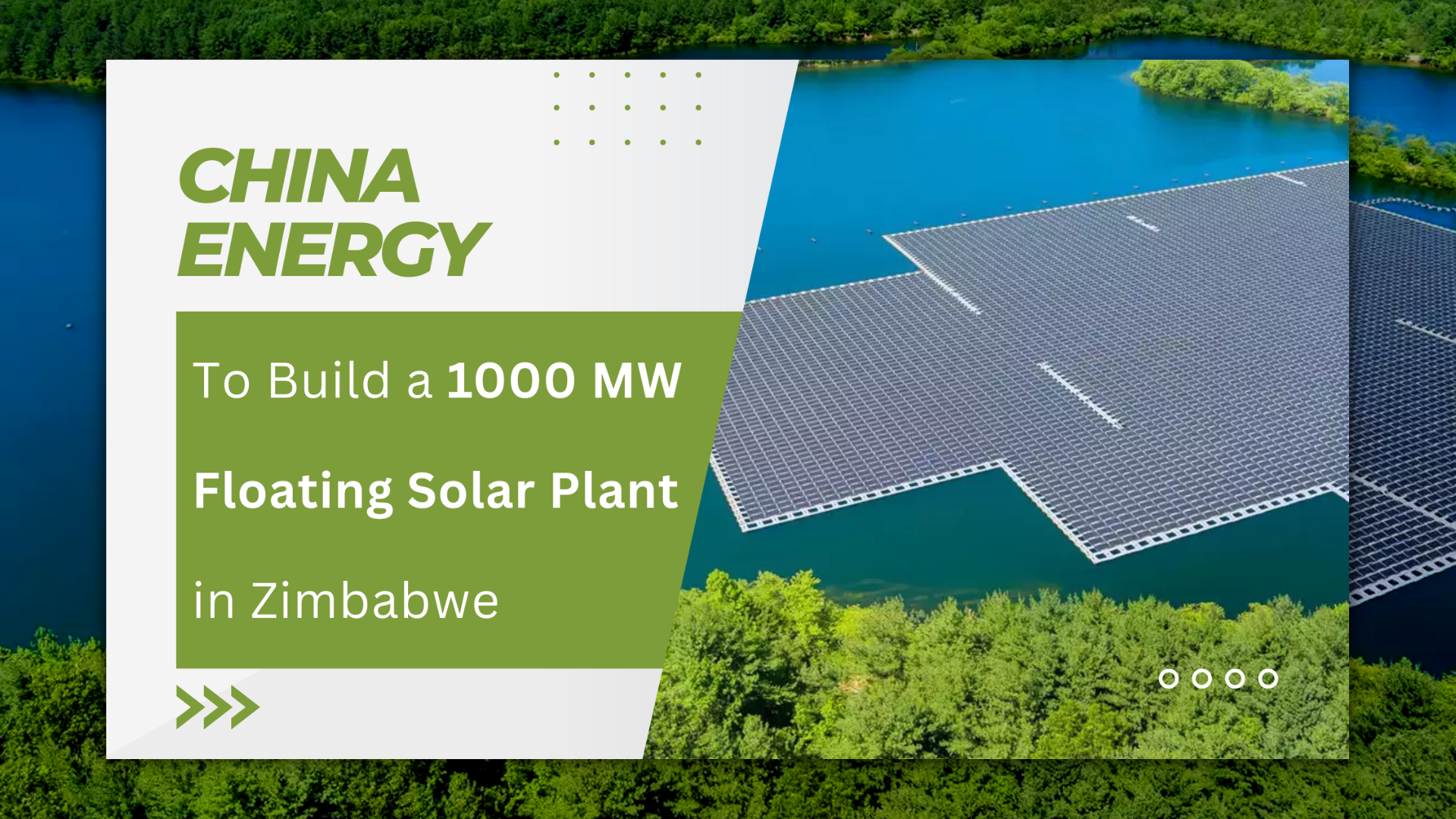
Floating Solar Project in Zimbabwe
China Energy Engineering Corp. (China Energy) has proposed building a 1,000-megawatt floating solar farm on Zimbabwe’s Kariba dam to the Zimbabwe Electricity Company and a private consortium of the nation’s industrial power users. In the largest man-made lake in the world, 146 modular floating modules were covered with around 1.8 million solar panels as part of this project. The project attempts to address Zimbabwe’s electrical problem, which has resulted in blackouts that can last up to 12 hours per day due to low water levels at the hydropower facility on Lake Kariba. Due to the underperformance of its outdated coal-fired plants and low water levels, which affect the generation from its 1,050 MW hydropower plant at Kariba, the southern African nation currently generates less than half of its 1,700 MW power demand.
The project and its benefits
The proposed solar farm on Lake Kariba could be a solution to Zimbabwe’s acute electricity shortages, which have been affecting businesses and households. With the current energy shortage that is impeding economic growth, the project, if executed, would considerably increase the nation’s capacity to generate power. Also, it would offer a more sustainable and clean form of energy, lowering the nation’s carbon emissions.
The largest man-made lake in the world would be the site of the solar farm, which would have 146 modular floating units covered in more than 1.8 million photovoltaic panels. Due to the lack of competition for land and potential to lessen reservoir evaporation, the installation of floating solar panels has grown to be an increasingly appealing alternative for developers. The project might also give the nation’s mining enterprises the chance to use the solar farm’s power.
A 330kV/33kV booster station, transmission line, and sub-station would also be built as part of the proposed project in Kariba. According to the records, China Energy has previously finished two floating solar projects in Thailand and the Shandong Province of China.
The cost of the project
The civil engineering works and installation portions of the project, which is expected to cost close to $1 billion, are its two main components. According to China Energy, the installation would cost $801 million while the civil engineering work would cost $186 million. The project’s price tag may be hefty, but it would end Zimbabwe’s electrical crisis and make a big contribution to the nation’s capability for producing electricity, which would spur economic growth.
Conclusion
The envisioned floating solar farm on Lake Kariba may be able to address Zimbabwe’s electricity shortage and make a substantial contribution to the nation’s capacity for power production. The utilization of floating solar power plants would prevent competition for land and offer a more sustainable and cleaner source of electricity, hence lowering the nation’s carbon emissions. Although the project would cost close to $1 billion, it would be an excellent investment for the long-term electrical supply of the nation.
Read More:- Solar Powered Calculators how does it works, Types and Advantages

